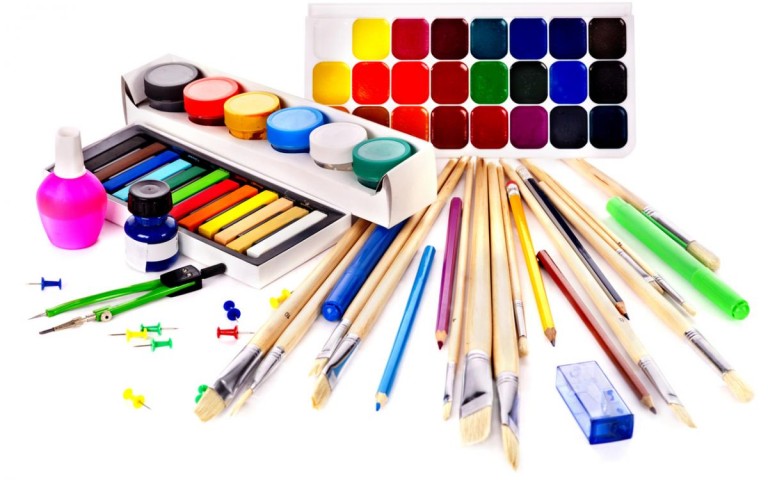Organization of the art product is not only important in improving the flow of work when creating art but also helps in avoiding unnecessary work of hunting for the art supplies in a room full of clutter. Regardless of whether this is your first art kit or you are a professional artist, there is nothing more effective as having an organization plan for your equipment. Below are four professional organizing tips that you can use to organize your art materials.
1. Sort Supplies by Category
The first thing that is recommended one should do in the process of storing art material is to organize them in several sections based on their class. Stack similar items together in such a way for instance brushes, paints, pencils or papers and so on. This way, you are not expected to traverse through piles of supplies in the search of a unique product; it’s organized well. It is also possible to divide each of the categories even in a deeper level, for example: acrylic paints versus watercolor paints, colored pencils vs sketching pencils. To help to sort similar art supplies it is recommended to put them in baskets with labels or in drawers to help keep the items tidy.
2. Utilize Storage Solutions
Model purchase of functional art supplies storage furniture and equipment that are appropriate for students. Office organizers, storage bins and trays, alongside shelves are perfect for this purpose. For loose items such as beads, buttons or erasers, small boxes with divider make excellent sense. Big items nicer such as sketchbooks, one can arrange them on vertical stands so that they do not consume much space. Pegboards or hanging shelves are also suitable for locating all the cutting tools in form of scissors, rulers, and tapes away from working desks.
3. Create a Dedicated Workspace
An art table encircles wet and dry material making it easier to work on a project at any time of the day. Choose a flat surface like a table or a desk so that you can keep staking things that are used more often closer. Stack your items from the left to the right based on the frequency of use—those that are used often should be placed at the front of the shelves leaving those that are rarely used placed at the back. You also do not end up losing some supplies in other areas of your home or studio when there is a special working space assigned for the supplies.
4. Have a steady cleaning schedule
In the steps that follow a creative session, ensure that there is time spent on washing up and return of the materials to their rightful places. They know that the workspace needs to always be optimized free of unnecessary items and files. A fast cleaning procedure keeps the working area free of things that clutter up the space and makes you feel like you are drowning in clutter whenever you look up from your work. For cleanliness sake, the culture of cleaning the work area, removing any material not in use and arranging any object that was misplaced before leaving the work station should be cultivated.
Through the use of these approaches, you will realize that when you organize your art supplies you are also likely to increase the chances of coming up with new ideas. That way, everything is going to be in its own place; that means that you are going to be able to create more with minimal time and effort to look for the materials that you need!


